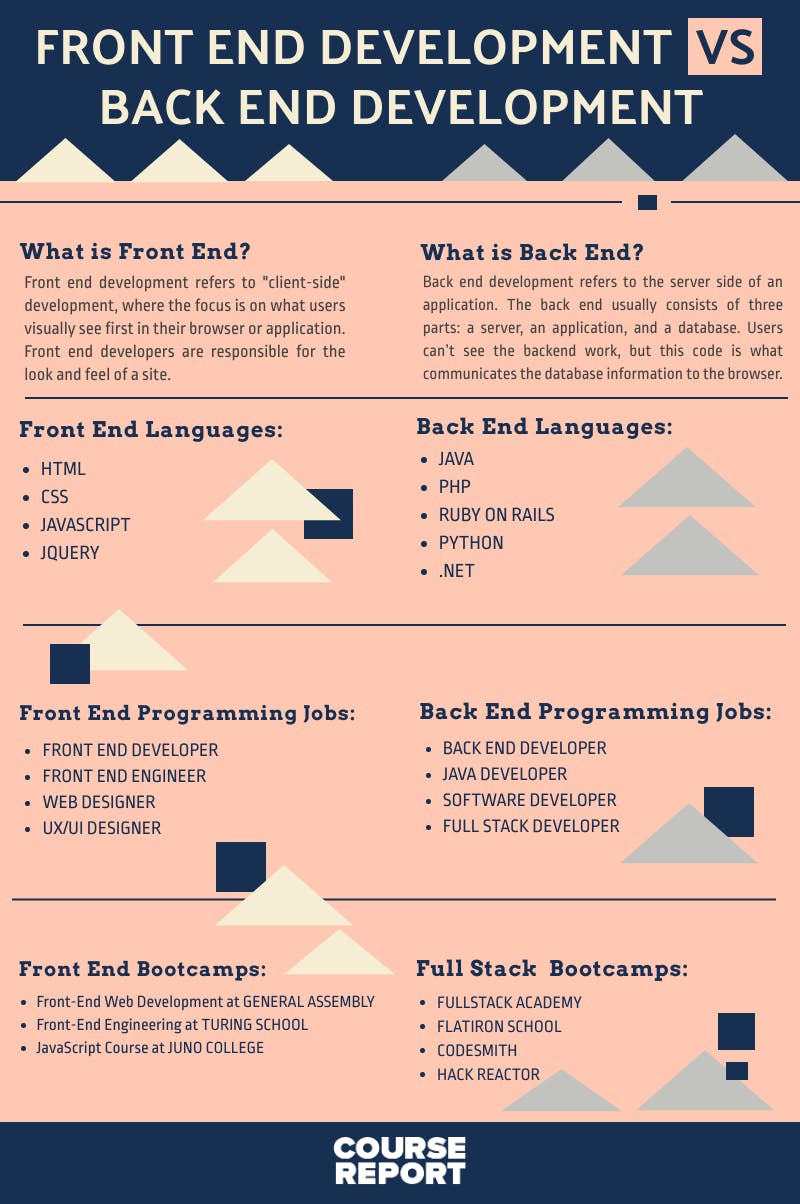Bragging Rights
Explore the latest trends, tips, and stories that make you stand out.
Back-End Bonanza: Unraveling the Mysteries of Server-Side Development
Unlock the secrets of server-side development! Join us on a thrilling journey through Back-End Bonanza and boost your coding skills today!
Understanding APIs: The Backbone of Back-End Development
APIs, or Application Programming Interfaces, are essential tools in the world of back-end development. They serve as a bridge that enables different software systems to communicate with each other, facilitating seamless data exchange and functionality. By defining a set of rules and protocols, APIs allow developers to access specific features or data of a service or application without having to understand the underlying code. This abstraction not only accelerates development but also encourages innovation, as it enables developers to leverage existing functionalities and build upon them to create new applications.
Understanding the role of APIs in back-end development is crucial for any developer aiming to create robust applications. APIs can be categorized into several types, including RESTful APIs, SOAP APIs, and GraphQL, each serving different use cases and preferences. RESTful APIs, for instance, are particularly popular due to their simplicity and reliance on standard HTTP methods, while GraphQL offers more flexibility in data queries. By mastering these interfaces, developers can enhance their applications' performance and scalability, which is essential in today’s digital landscape.

Demystifying Databases: Choosing the Right Storage Solutions
When it comes to managing digital information, understanding the various types of databases is crucial for any organization. Databases come in different shapes and sizes, catering to a range of needs from simple data storage to complex relational structures. First, it's essential to identify the primary purpose of your database. Are you looking for a relational database like MySQL that organizes data into tables with defined relationships? Or do you require a NoSQL database, such as MongoDB, which excels in handling unstructured data? Evaluating your data type, scale, and access patterns will significantly influence your choice.
In addition to understanding the types of databases, consider factors such as scalability, performance, and ease of use. A well-chosen database solution not only supports your current needs but can also grow with your organization. When assessing potential options, prioritize key features such as data security, backup solutions, and compatibility with existing infrastructure. A decision checklist might include:
- Establishing data access requirements for users
- Evaluating scalability options as your business expands
- Considering cost-effectiveness for both initial setup and ongoing maintenance
Server-Side Security: Best Practices to Keep Your Application Safe
Server-side security is a critical aspect of protecting your application from various threats and vulnerabilities. Implementing robust security measures starts with user authentication. Ensure that your application requires strong passwords and, if possible, implement two-factor authentication (2FA) to add an extra layer of security. Alongside this, regular audits of access controls should be conducted to confirm that only authorized personnel have access to sensitive sections of the application.
Another essential practice in server-side security is input validation and output encoding. By validating user inputs, you significantly reduce the risk of SQL injection attacks and cross-site scripting (XSS). It's also advised to utilize secure coding practices by employing parameterized queries or prepared statements. Additionally, keep your software and dependencies updated; vulnerabilities in outdated software can serve as entry points for attackers. Regularly patching your server's OS and installed applications is vital to mitigate risks.